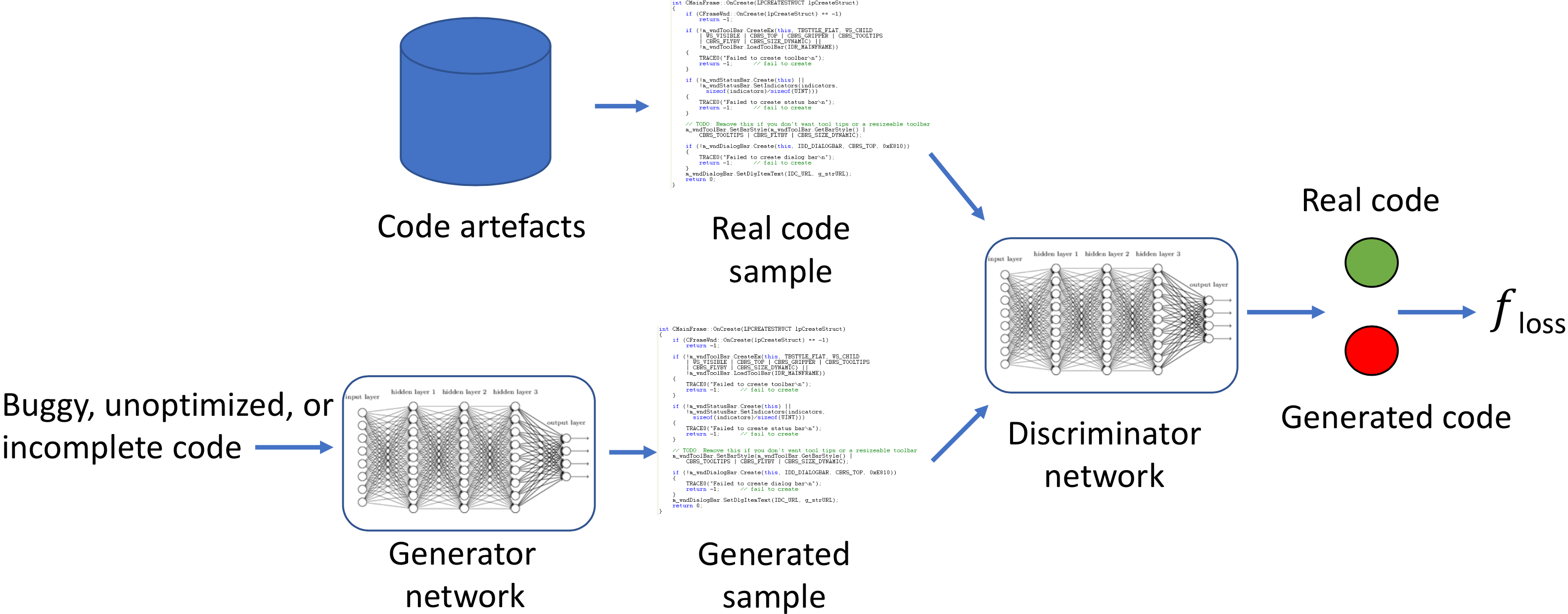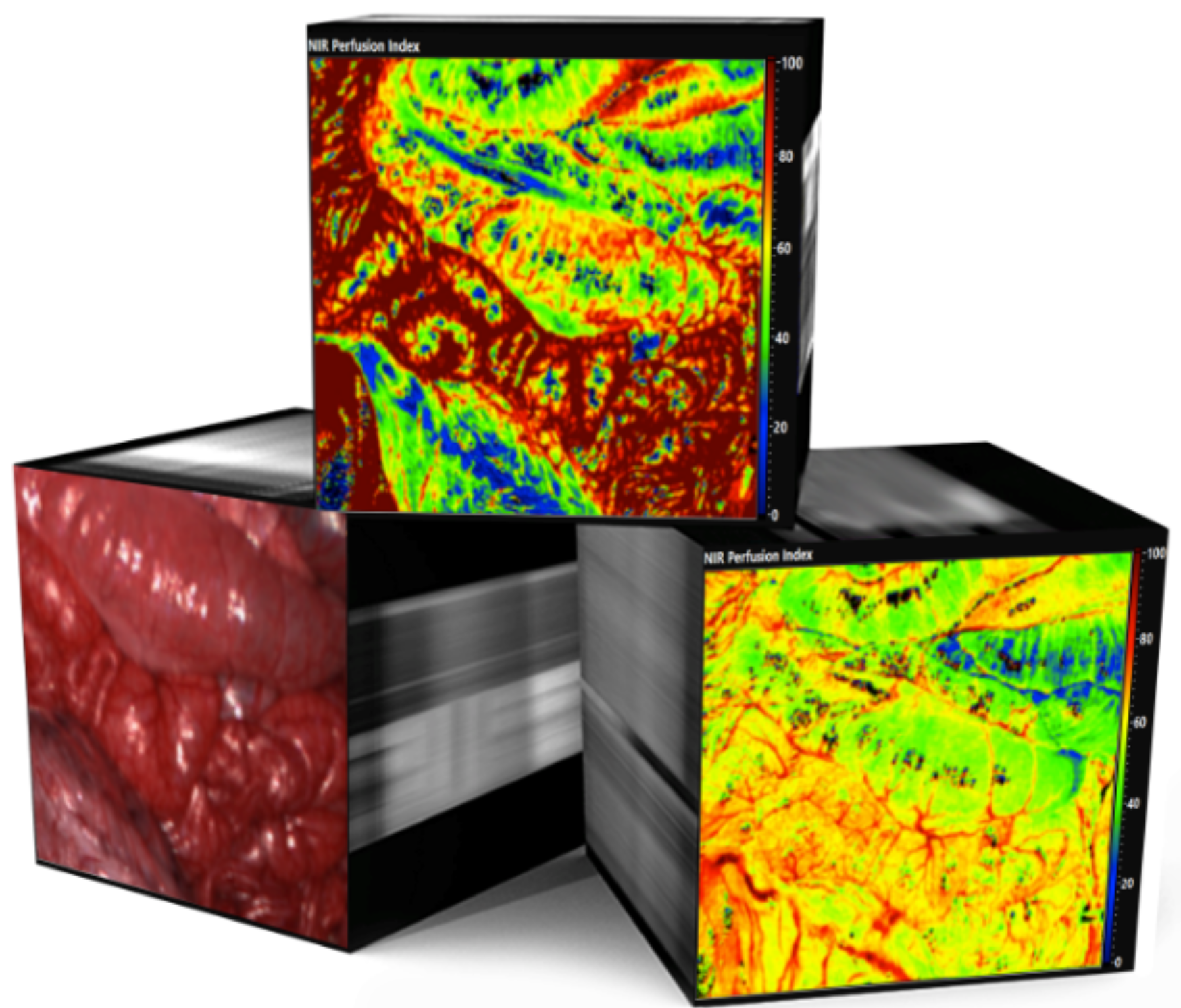AI-based Applications
Machine Learning for IT-Security (Prof. Bogdan)
In our research on Machine Learning for IT security we pursue two overarching objectives. First, it is about researching efficient accelerators. This includes both the break down of Deep Learning to reduce power and memory footprint and the design of efficient circuits for embedded systems. Second, we aim for secure computation. That means to obfuscate computations for privacy in not-trusted environments and to improve resilience of algorithms against intended manipulations.

Biomedical Image Data Science (Prof. Sbalzarini)
In the research area of biomedical imaging, we address the development of content-adaptive Convolutional Neural Networks (CNN) for irregular spatial sampling and find applications in the adaptive image representations in microscopy. Furthermore we deal with hybrid learning of mathematical models from image data. By developing hybrid learning algorithms with the use of structured sparsity norms, these are intended to be applied on learning differential equation models from image data. Finally, we aim for robust learning by design centering, where optimization is replaced by design centering when training supervised learners. Different approaches need to be evaluated and compared.

Coding AI: An AI for Code Suggestions (Prof. Siegmund)
In the process of software development, developers frequently trigger code completion functionalities of IDEs to get code suggestions for solving an implementation task. However, contemporary code suggestions are inaccurate, very limited in scope, and fail to recognize the programmer’s actual problem. Our goal is to vastly speed up development time by supporting the programmer with highly accurate code suggestions for their current implementation tasks. For this purpose, a generative adversarial network architecture shall be used to train a deep generative network such that the generated code suggestions outperform actual suggestions.

Big Data and Machine Learning Applications for Advanced Image and Data Analysis in Medicine (Prof. Neumuth)
Lately, the use of high-performance AI-based algorithms for data analysis and image reconstruction is required in the clinical field. Though, in relation to medical AI, there is an urgent need for suitable training data, international benchmarking as well as technical and methodical framework conditions. Our objective is therefore a modular analysis pipeline for multimodal medical data consisting of imaging data as well as other data. This pipeline approach thereby comprises Machine Learning-based preprocessing, feature extraction and classification. Our research will be focused on Hyperspectral Imaging (HSI), which combines imaging with spectroscopy.



